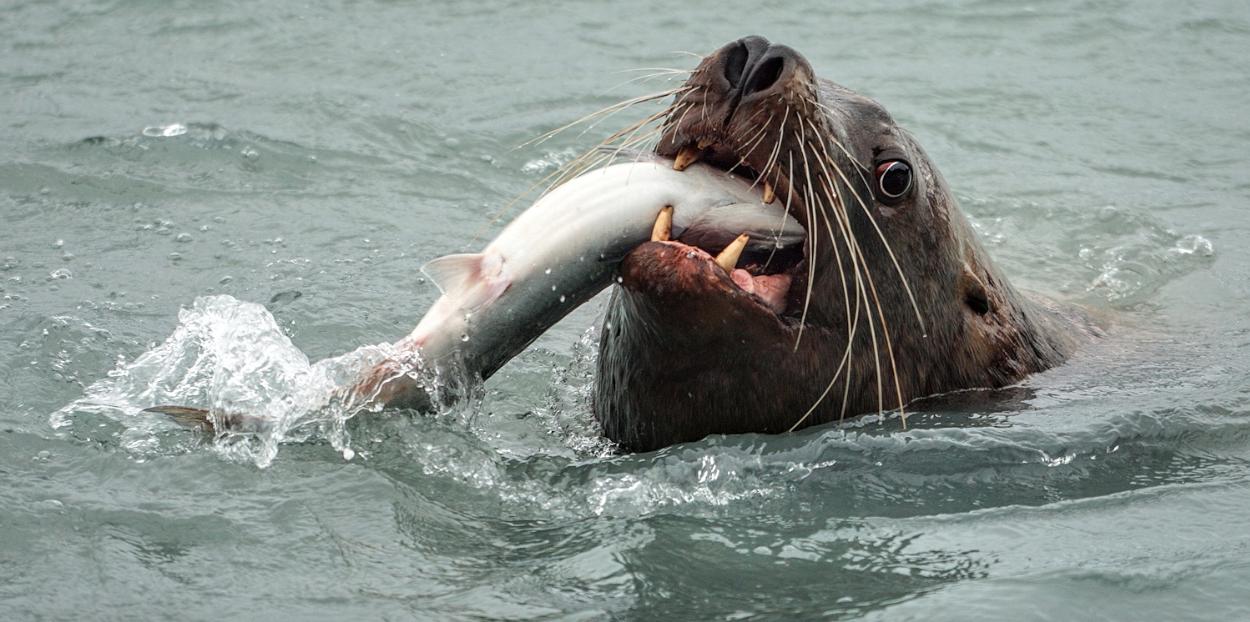United States authorities have given wildlife managers in Washington, Oregon, and Idaho permission to kill up to 840 sea lions in the Columbia River and its tributaries in order to boost the survival of salmon and steelhead trout.
The approval authorizes the killing of Steller and California sea lions over the next five years along a 290-kilometer (180-mile) stretch of the Columbia –- from Portland to the McNary Dam upriver –- as well as in several tributaries.
The California sea lion weighs between 100 and 300 kilograms and average 2.4 meters (8 feet) long, while the Steller’s sea lion can weigh 1,000 kilograms and grow to a length of 3 meters.
Tiger at a New York Zoo Tests Positive for Coronavirus
Sea lions are known to consume large quantities of food about 5 to 8 percent of their body weight (6.8 to– 15.9 kilograms) in a single feeding. They have an average lifespan of 20 to –30 years.
Farmersmanual recently reported that the federal government of Nigeria announced a partnership with Germany and the United Nations Office on Drugs and Crime to effectively tackle wildlife and forest crime.
While culling California sea lions was allowed previously, permission to kill the much larger Steller sea lions has only recently been granted in order to prevent the extinction of certain endangered fish.
Nigeria Partners With Germany, UNODC to Stop Illicit Trade of Wildlife
The regional administrator for the National Oceanic and Atmospheric Administration, Barry Thom, is expected to approve an application to implement the program, which was submitted by state and tribal fisheries managers.
Kessina Lee, regional director for the Washington Department of Fish and Wildlife’s southwest region, noted that training and new equipment will be needed to handle Steller’s , which are bigger – up to 2,500 pounds – and more aggressive than California sea lions.
On the other hand, Sharon Young, senior strategist for marine wildlife at the Humane Society, argued that other factors such as fishing, competition from hatchery fish and habitat loss are the prevailing and more severe culprits pushing salmon to extinction.



